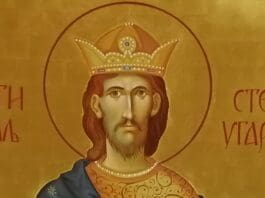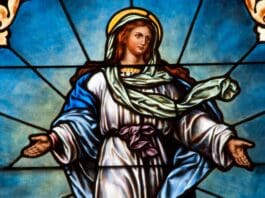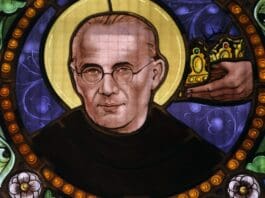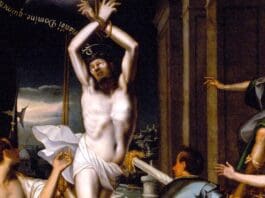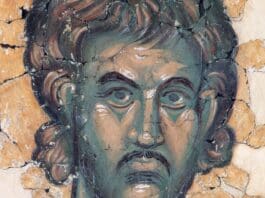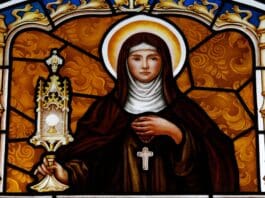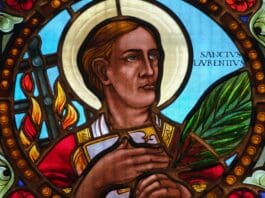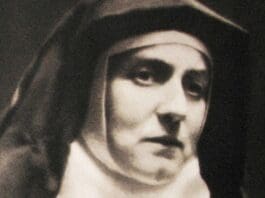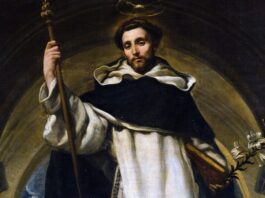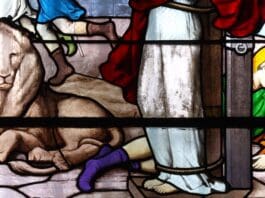
Saint Mamas is a significant figure in Greek history, celebrated as a great martyr.
His story began with a dramatic origin: he was born 259AD in prison to Christian parents who were incarcerated for their faith. After they were executed, Mamas became an orphan. A wealthy widow named Ammia adopted him, but she passed away when he was just 15 years old.
As Mamas grew older, he was relentless in his faith. The governor of Caesarea tortured him for it. Even when brought before the Roman Emperor Aurelian, he endured further torture. According to legend, an angel then freed him and instructed him to take refuge on a mountain near Caesarea.
Mamas was later thrown to the lions, but he managed to tame these wild creatures. He preached to animals in the fields, and a lion became his loyal companion. Alongside the lion, he visited Duke Alexander, who condemned him to death. He was fatally wounded in the stomach with a trident. Despite his injury, Mamas dragged himself near a theater before he was finally taken to heaven by angels.
The cult of Saint Mamas originated in Caesarea but later moved to Langres in the 8th century when his relics were transferred there. The Cathédrale Saint-Mammès in Langres is dedicated to him, and he is the chief patron of the diocese.
Saint Mamas also has significant influence in Lebanon, where many churches and convents bear his name. The Saint Mamas Church in Ehden, built in 749 A.D., is one of the oldest Maronite Catholic churches in the country.
Photo credit: Reinhardhauke via Wikimedia
The post Saint Mamas appeared first on uCatholic.
Daily Reading
Thursday of the Second Week in Ordinary Time
Reading 1 Hebrews 7:25—8:6 Jesus is always able to save those who approach God through him, since he lives forever to make intercession for them. It was fitting that we…
Daily Meditation
Finding Solace in Jesus
Click here for daily readings “He had cured many, and, as a result, those who had diseases were pressing upon him to touch him” (Mk 3:10). This scene opens with…






